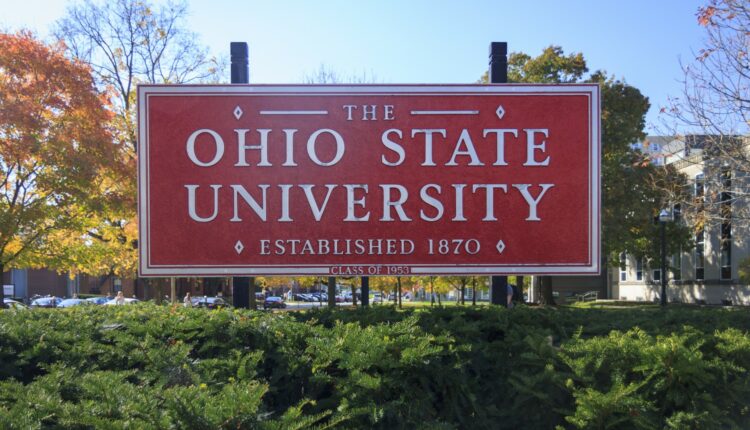Ohio State University: Even during pandemic, Ohio State’s finances a symbol of stability
The Ohio State University stands on stable ground after an unprecedented year managing the COVID-19 pandemic.
Fiscal year 2021, which ran from July 1, 2020, to June 30, 2021, outperformed the previous fiscal year, driven primarily by strong investment performance, continued positive momentum at the health system and significant efficiency measures across the university.
Overall, the university’s response to the pandemic helped to preserve and protect its long-term fiscal health while continuing to invest in needed initiatives for the short term.
The university’s financial footing also allows for the resumption of the Annual Merit Compensation Process for faculty and staff—budgeted at three percent. Eligible employees can receive base salary increases based on performance related factors.
“While it has been a challenging year, I’m pleased with how the university and health system responded to the sudden and drastic impacts caused by the global pandemic,” said Chief Financial Officer & Senior Vice President for Business and Finance Michael Papadakis. “Following suit in a year full of extraordinary events, the performance of our investment portfolio has yielded its strongest returns since fiscal year 1985.”
COVID-19 still had an impact on the university. Compared to the previous year, core areas of Ohio State’s operations faced significant declines in revenue, including a:
$78 million drop in net tuition revenue
$85 million drop in housing and dining revenues
$157 million drop in athletics revenue
In response to these anticipated disruptions, the university instituted a series of cost controls at the start of the pandemic, including freezing hiring and pulling back spending to business essentials only. This led to more than $195 million in cost savings, exceeding the university’s goal of $175 million.
Additionally, the health system saw fewer inpatient admissions, but those admitted were more acutely ill because of COVID-19, leading to higher costs. Yet, efficiency measures led to $103.7 million in savings, eclipsing their goal by $26 million.
Federal stimulus funds totaling $164 million helped to offset increased COVID-19 related expenses, and an additional $40 million was awarded as emergency financial aid to students.
“These short-term mitigation strategies continue to help the Buckeye community navigate through prevailing challenges,” Papadakis said. “Moreover, our future is buoyed by the strong performance of our Long Term Investment Pool, which increased in value to $6.81 billion from $5.29 billion in fiscal year 2020, producing $1.54 billion in investment income.”
The pool is made up of endowments that are funded by private donations, strategic investments by the university and rainy-day funds. While some is used to help fund university initiatives, much of it is secured for investment in the future.
“This positive investment performance protects the university for the long term and provides opportunities to invest in the areas of excellence President Johnson shared in her first State of the University address,” Papadakis said.
Targeted efficiency savings for the current fiscal year total $90 million and includes: $35 million at the university; $30 million at the Wexner Medical Center; and $25 million in capital.
Evidence of the university’s financial strength is further demonstrated by the AA/AA/Aa1 credit rating affirmed in fiscal year 2021, with the Fitch rating agency upgrading the university’s rating outlook from stable to positive.

